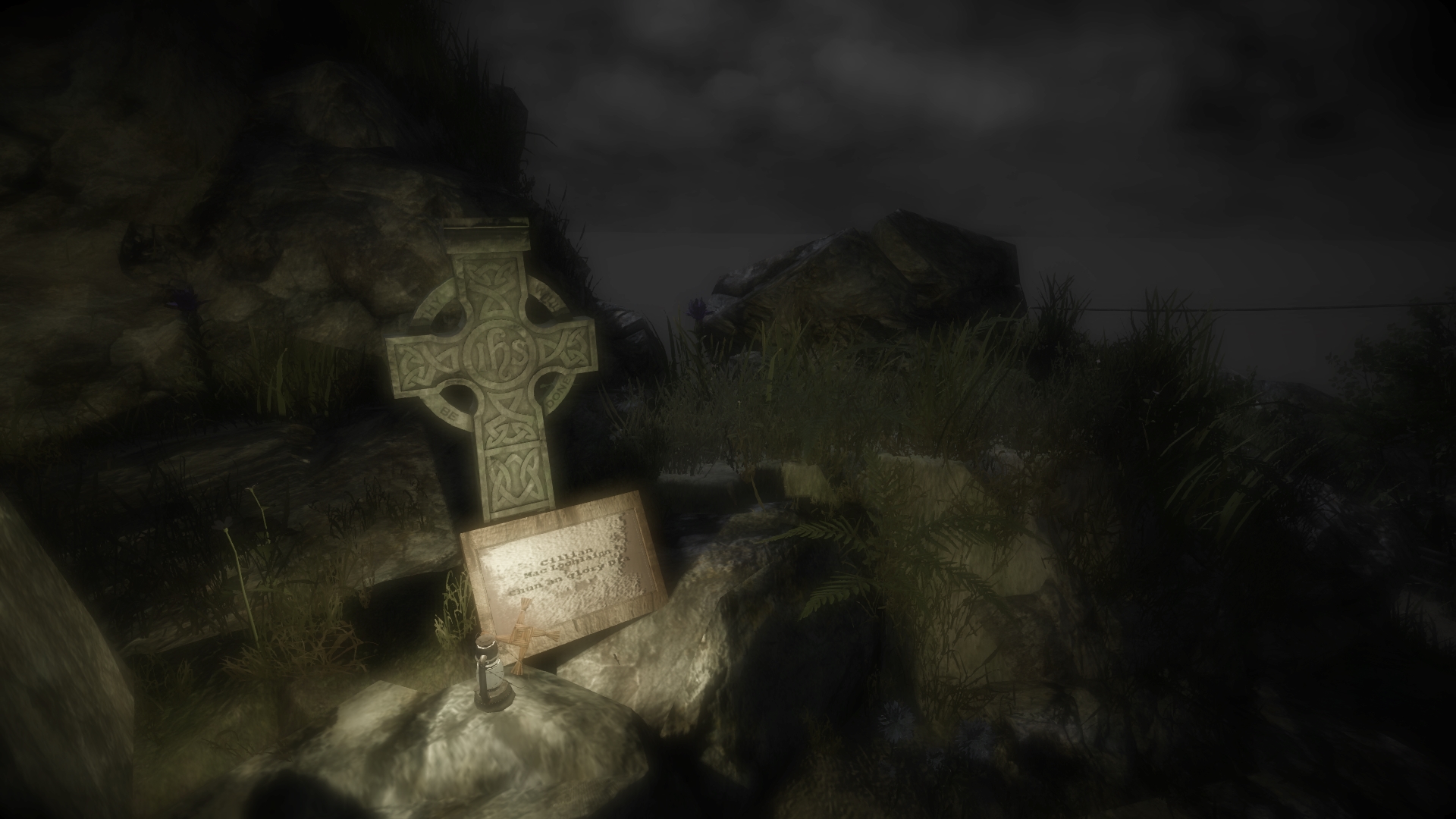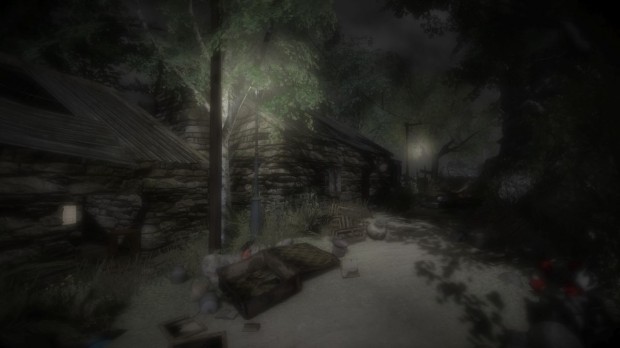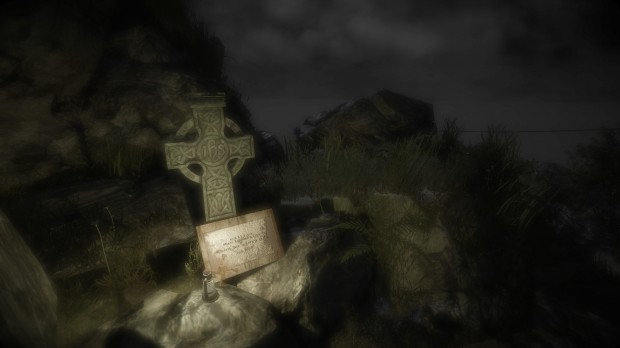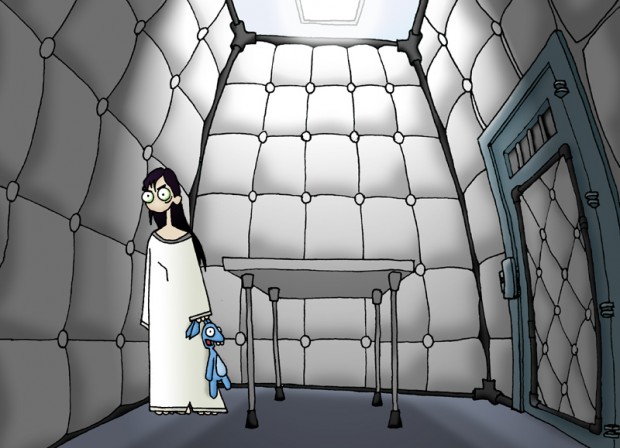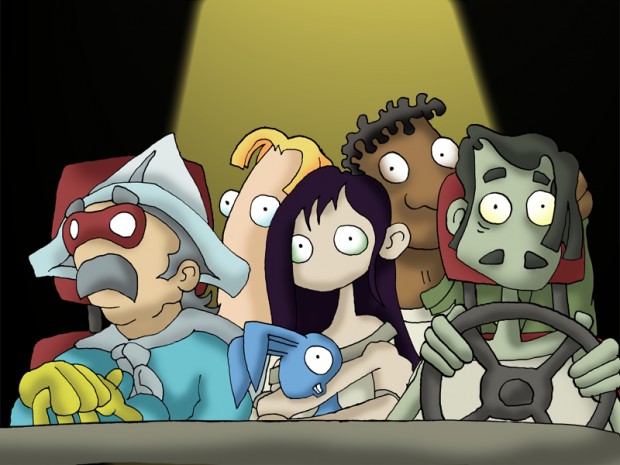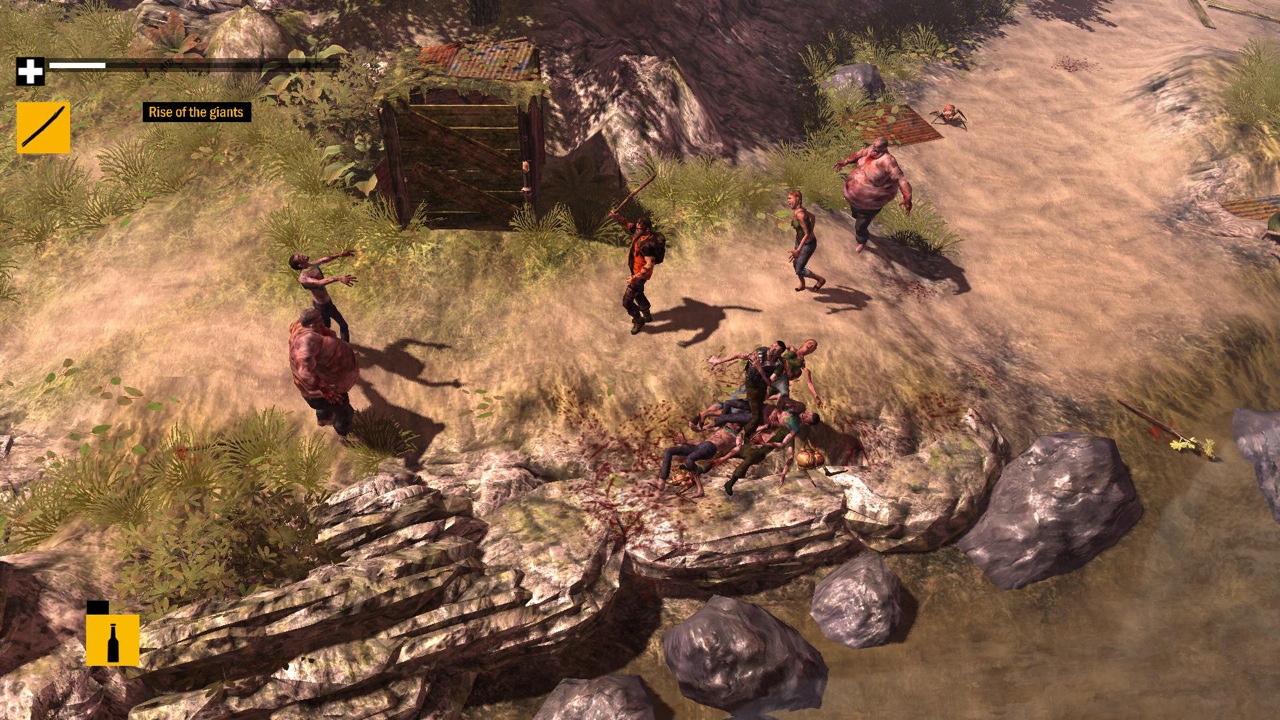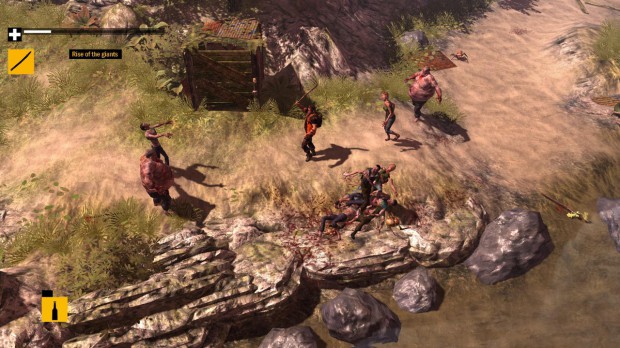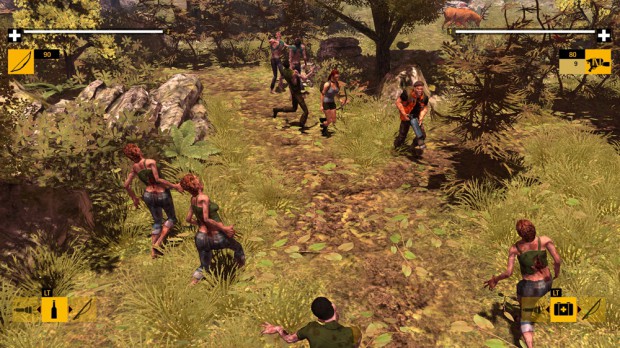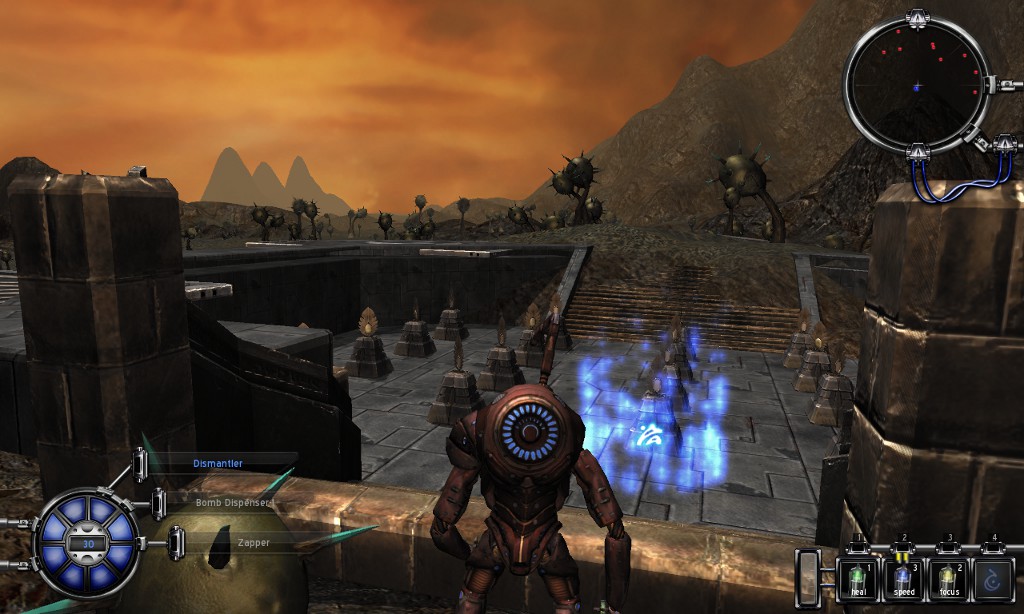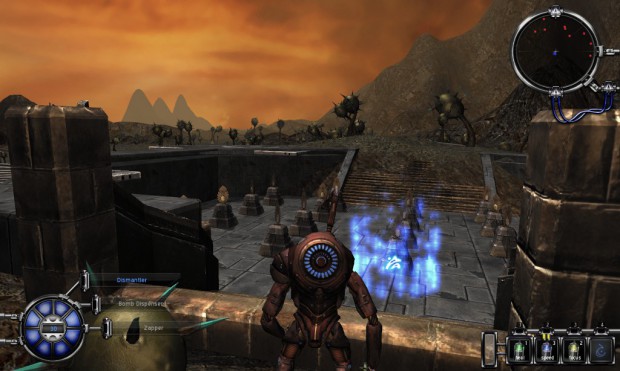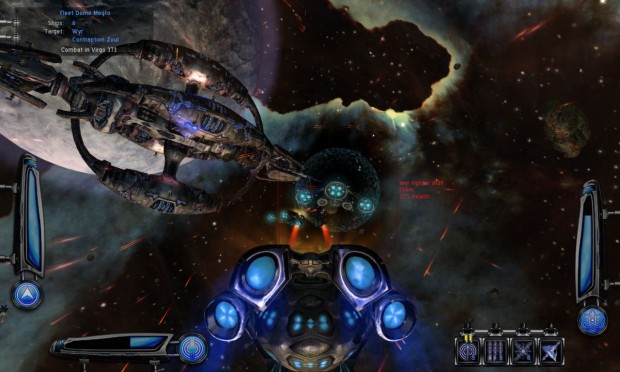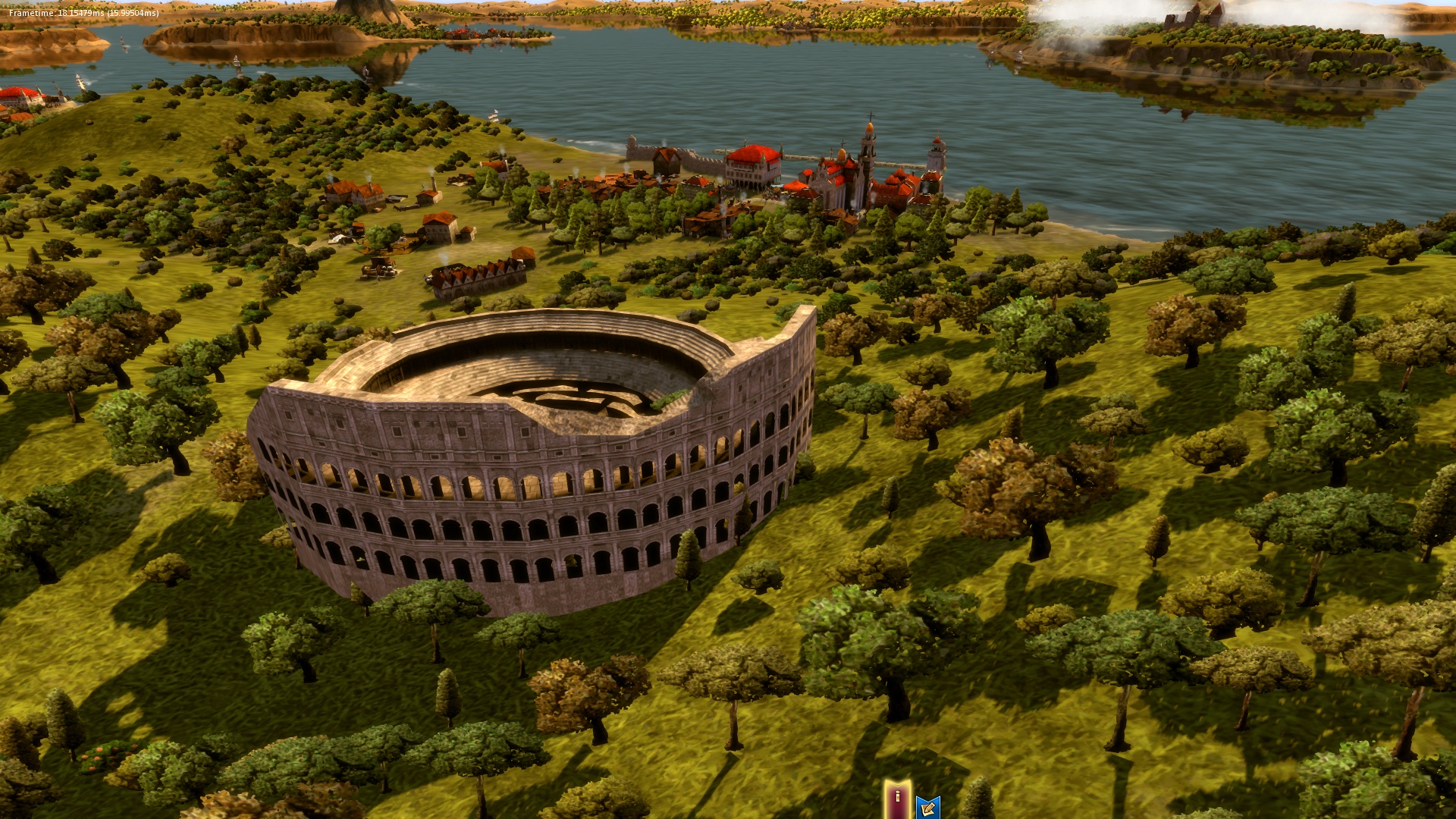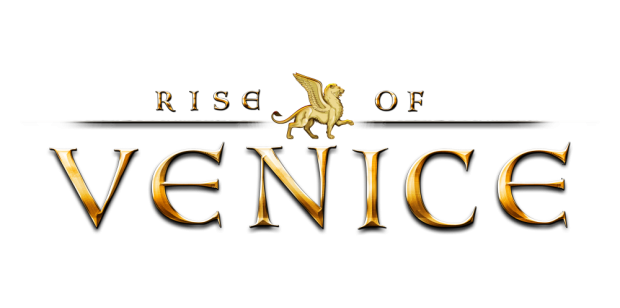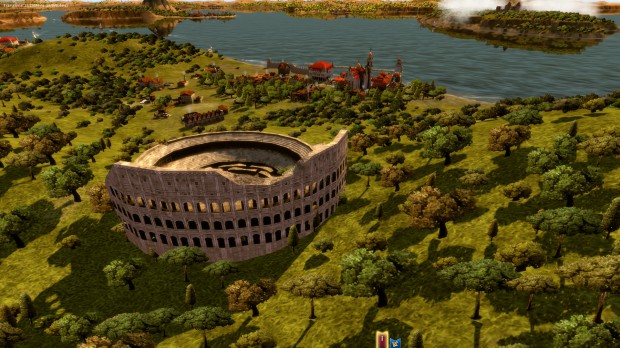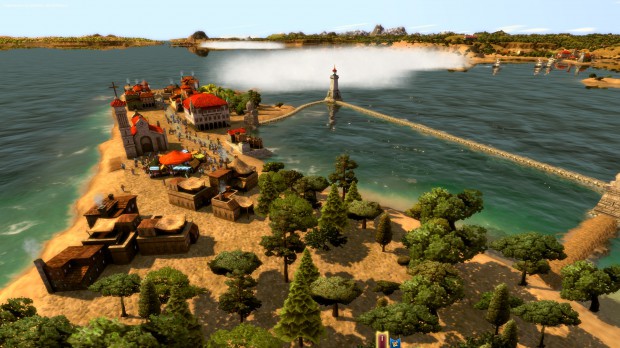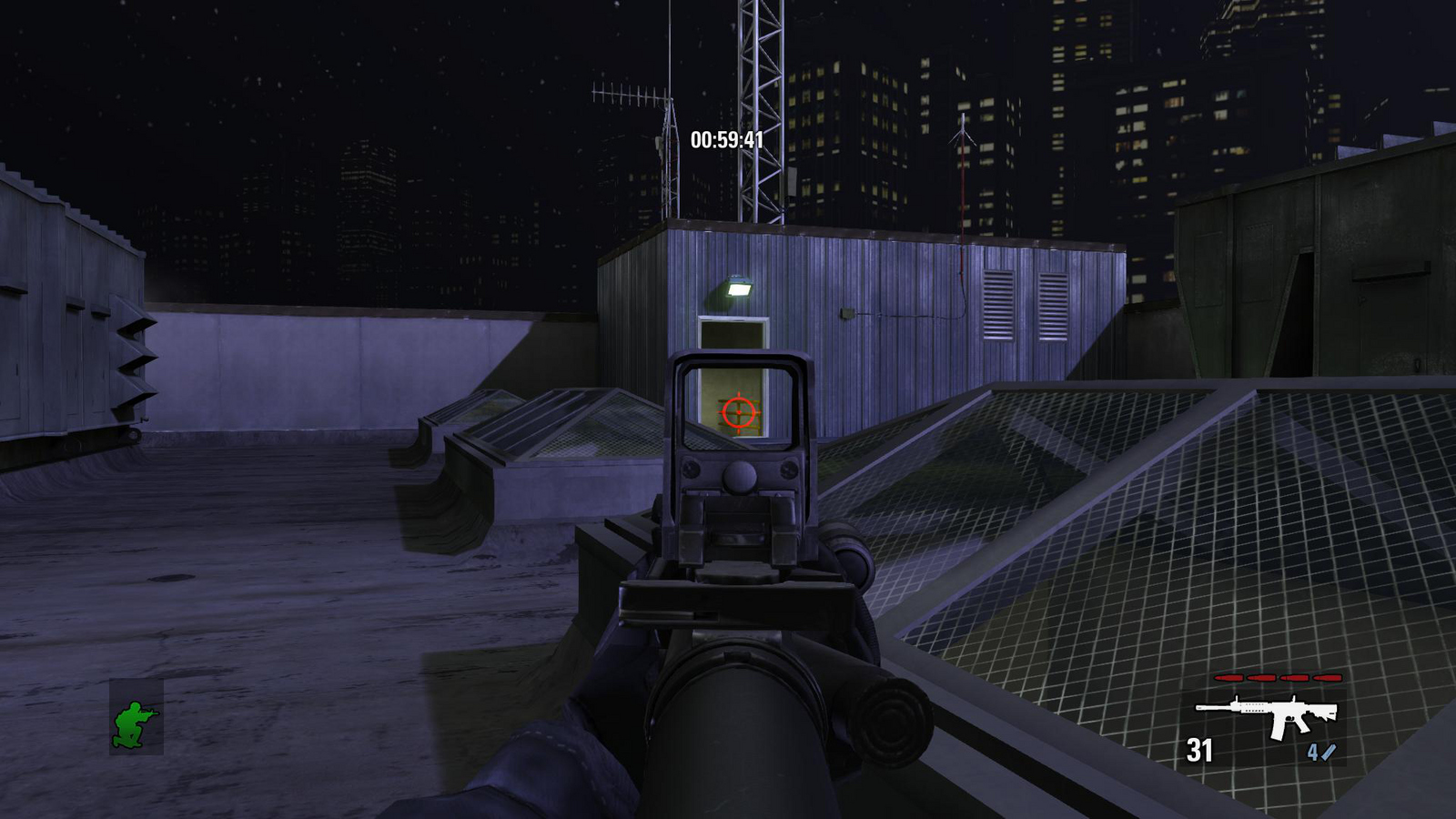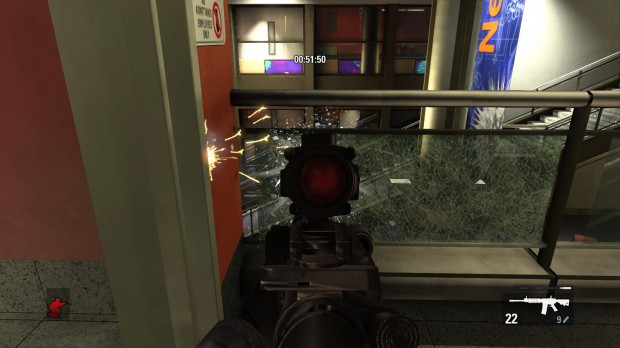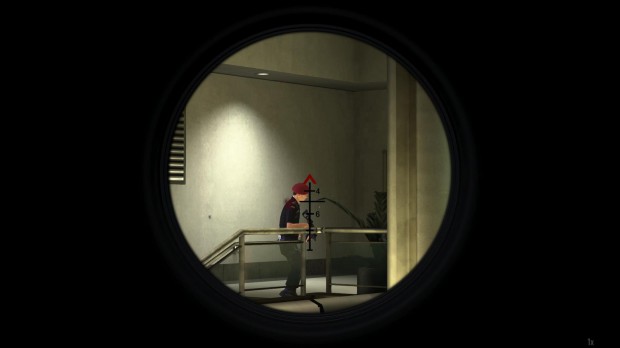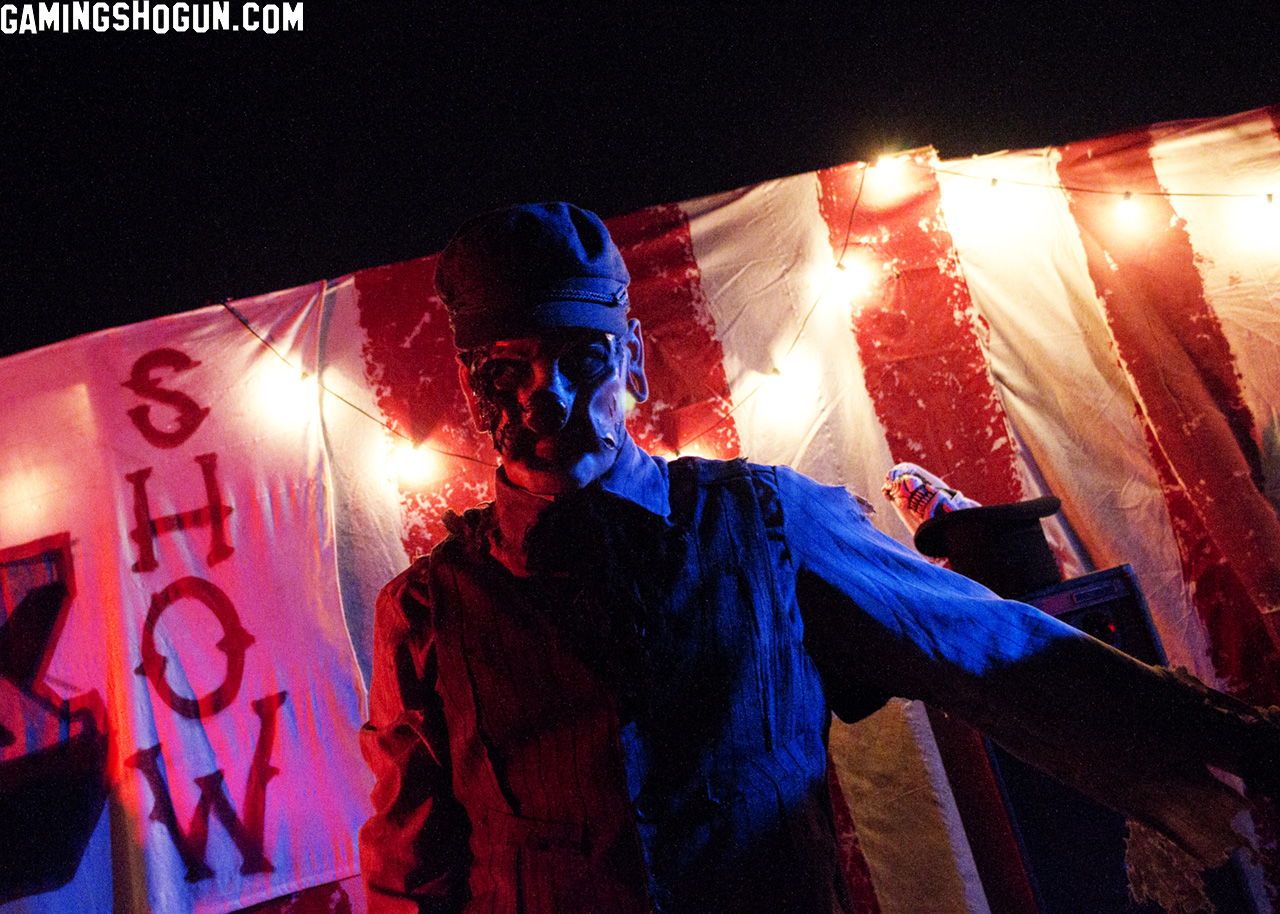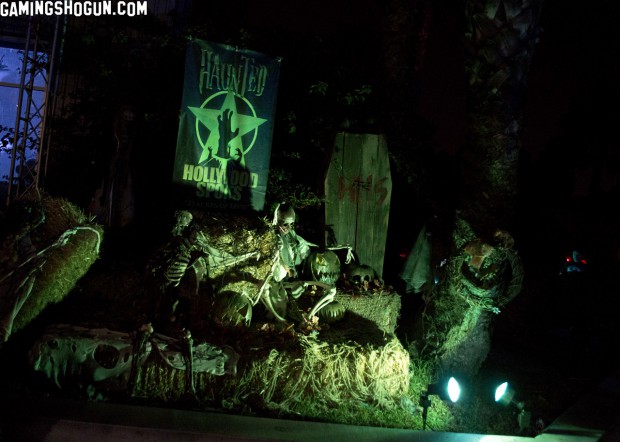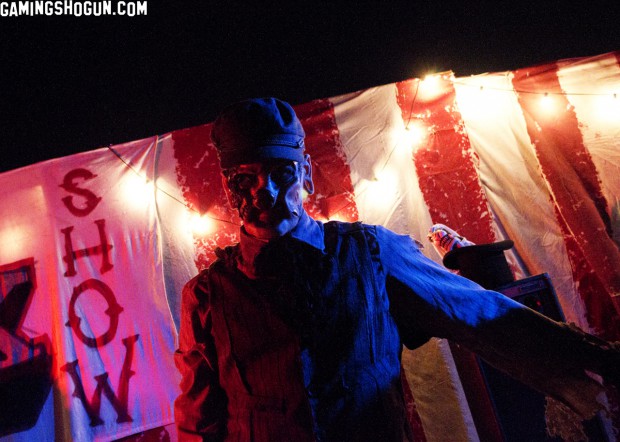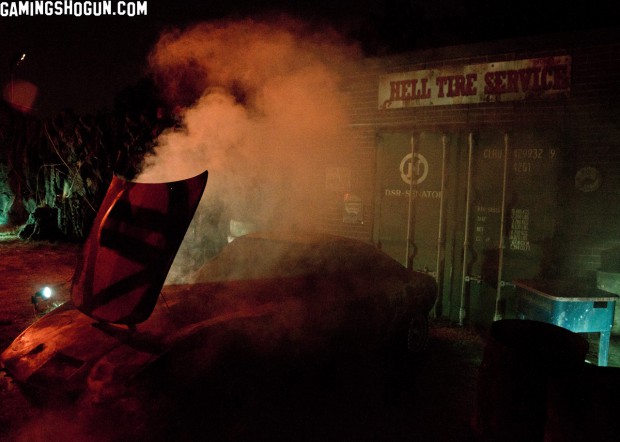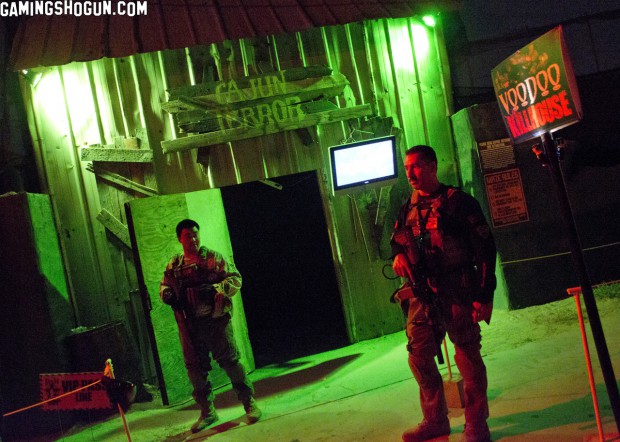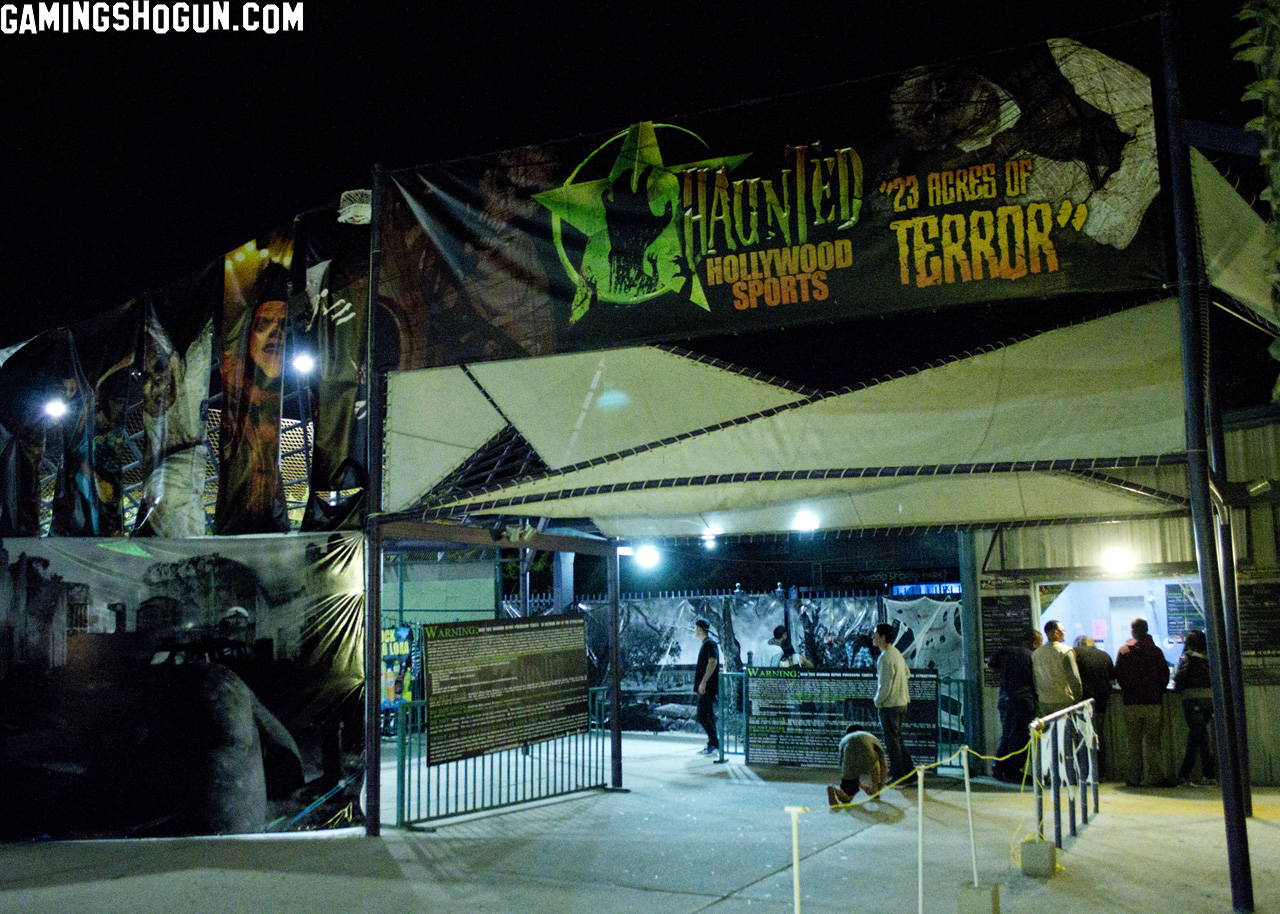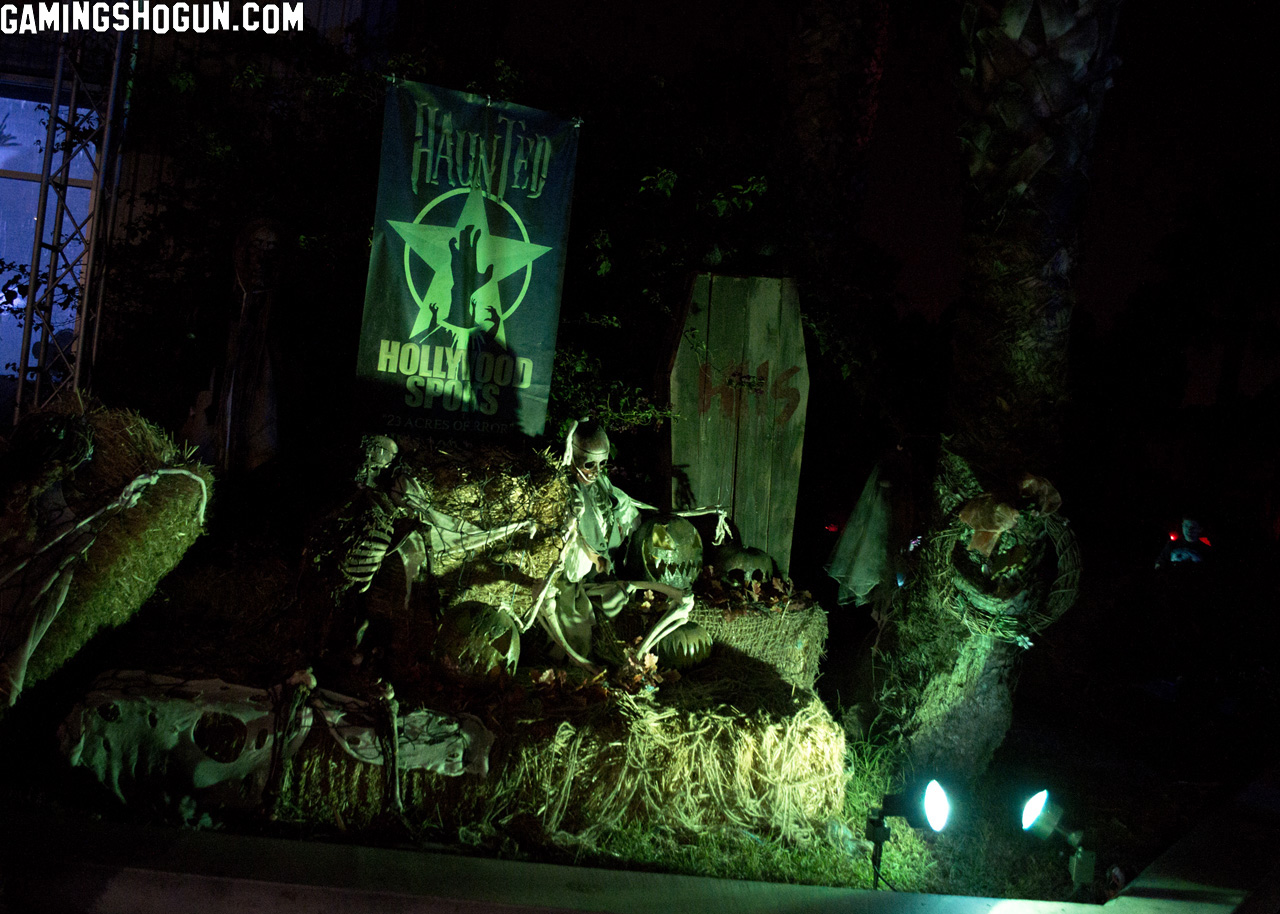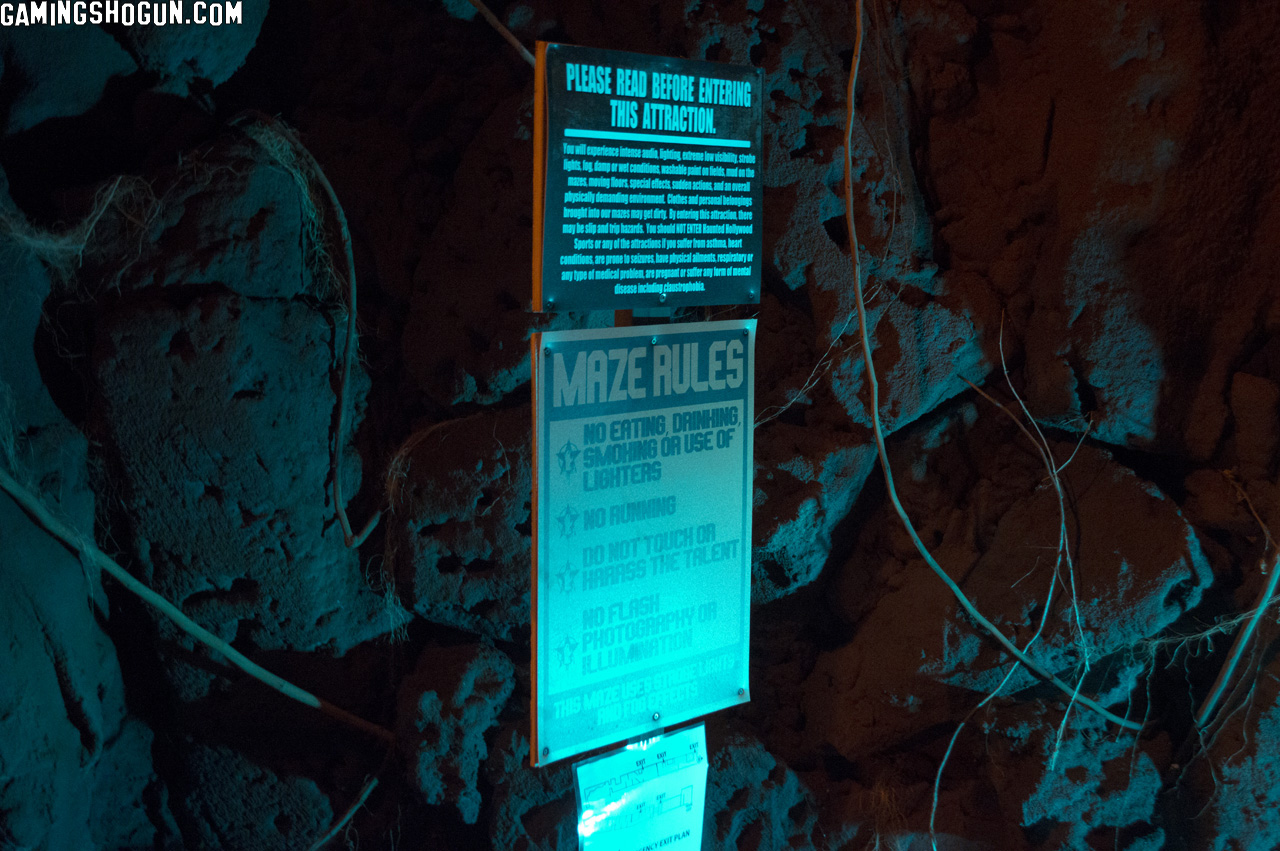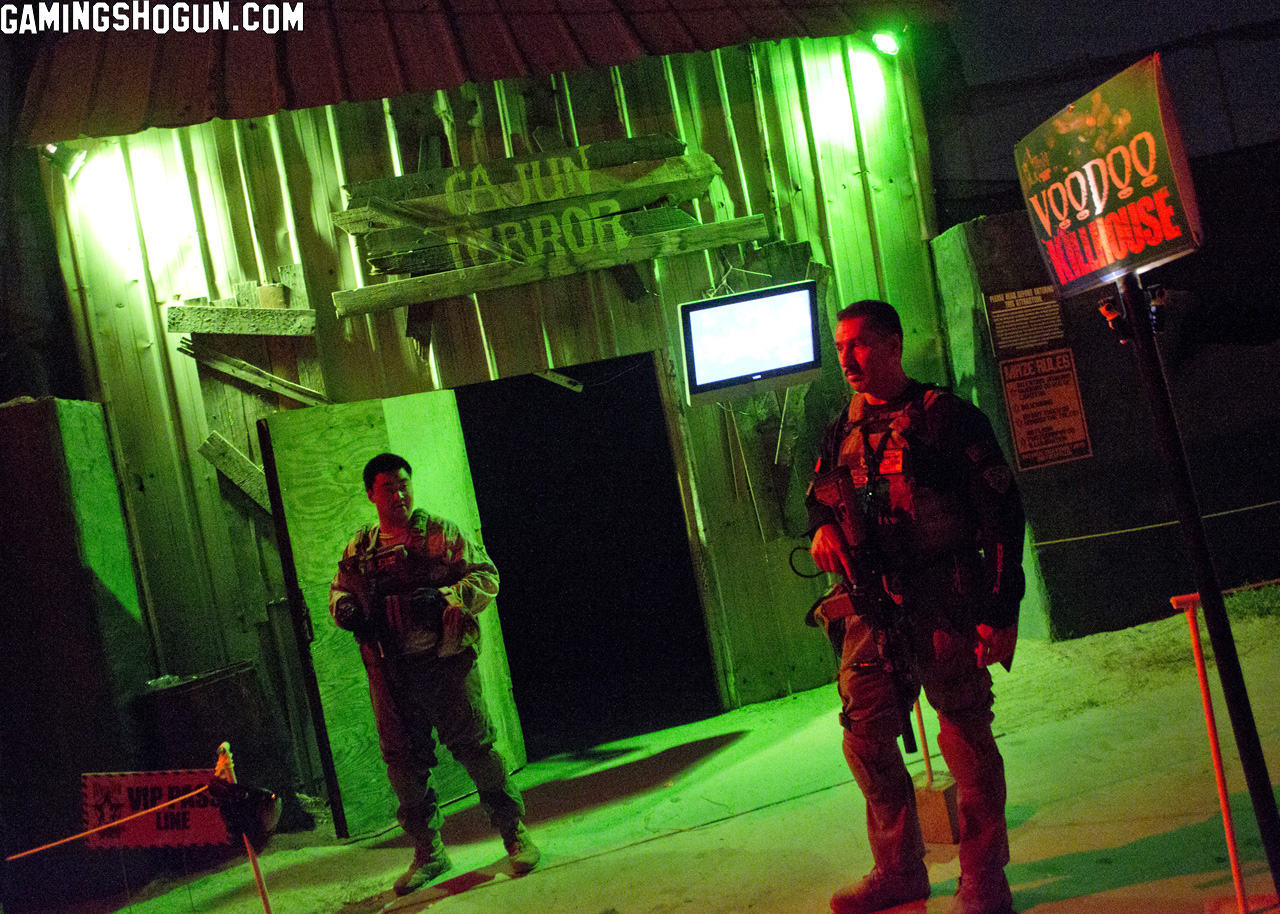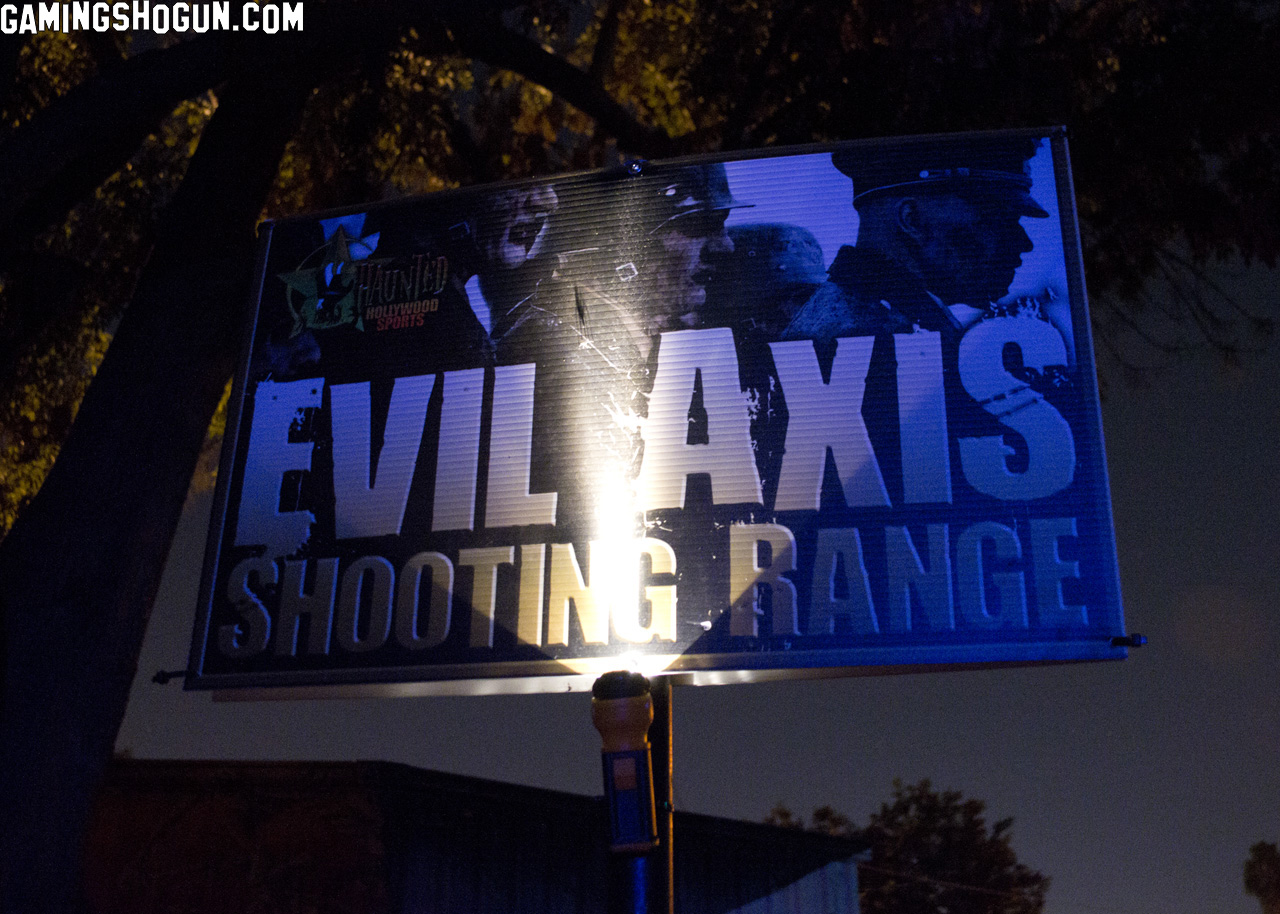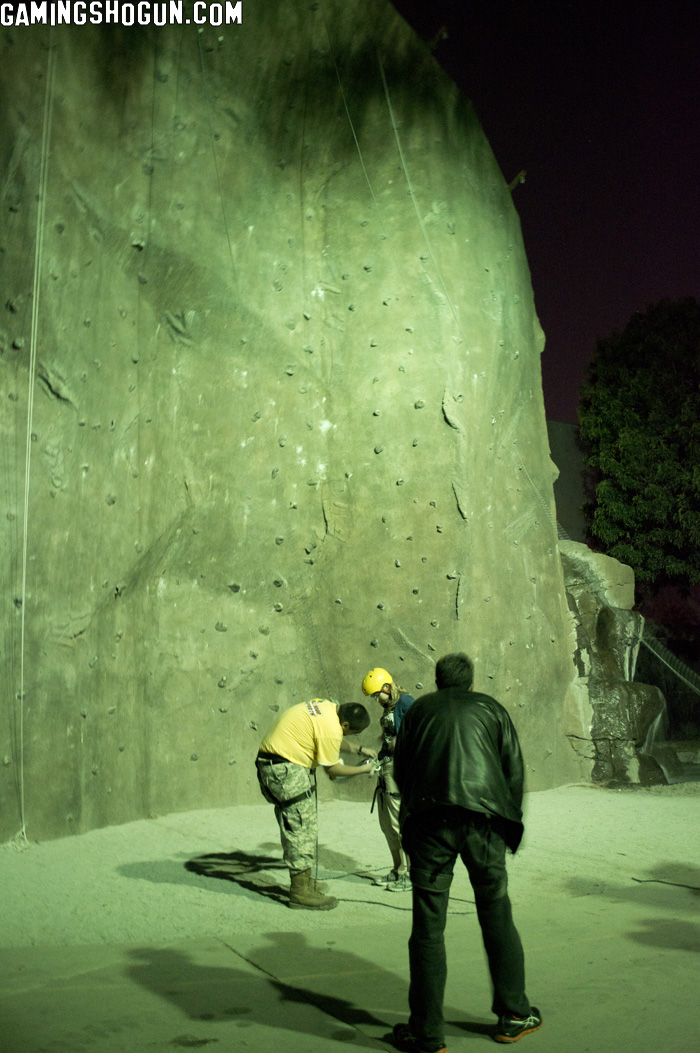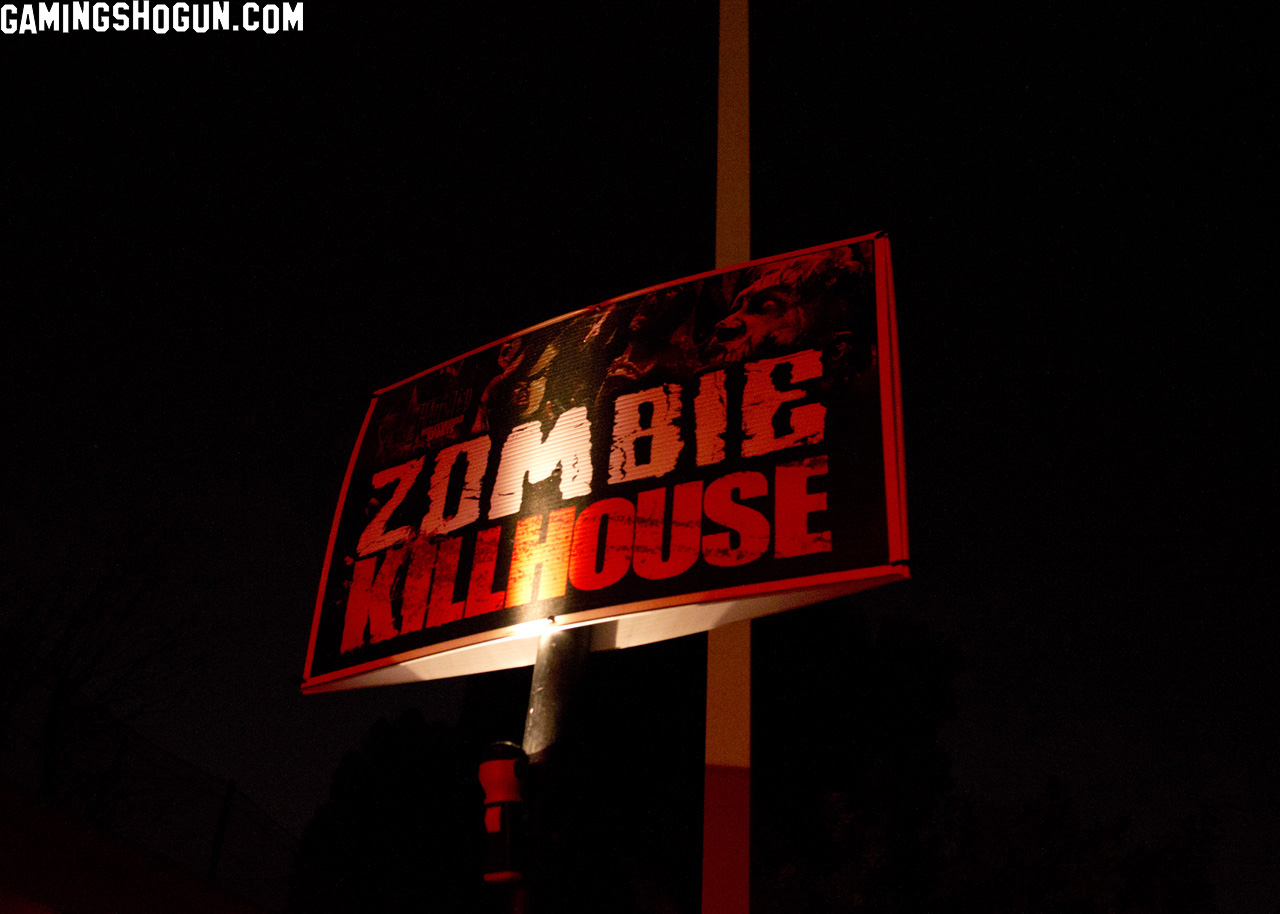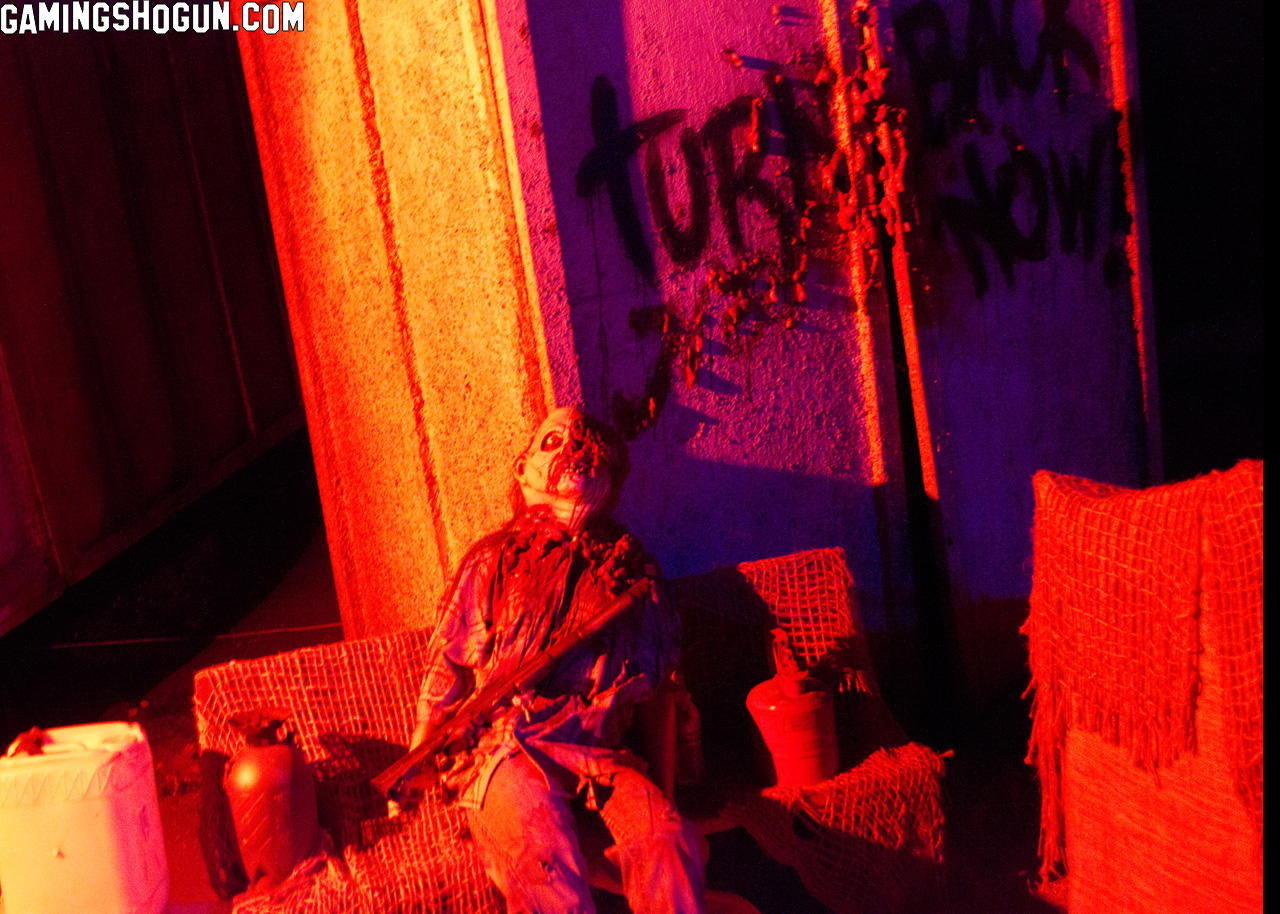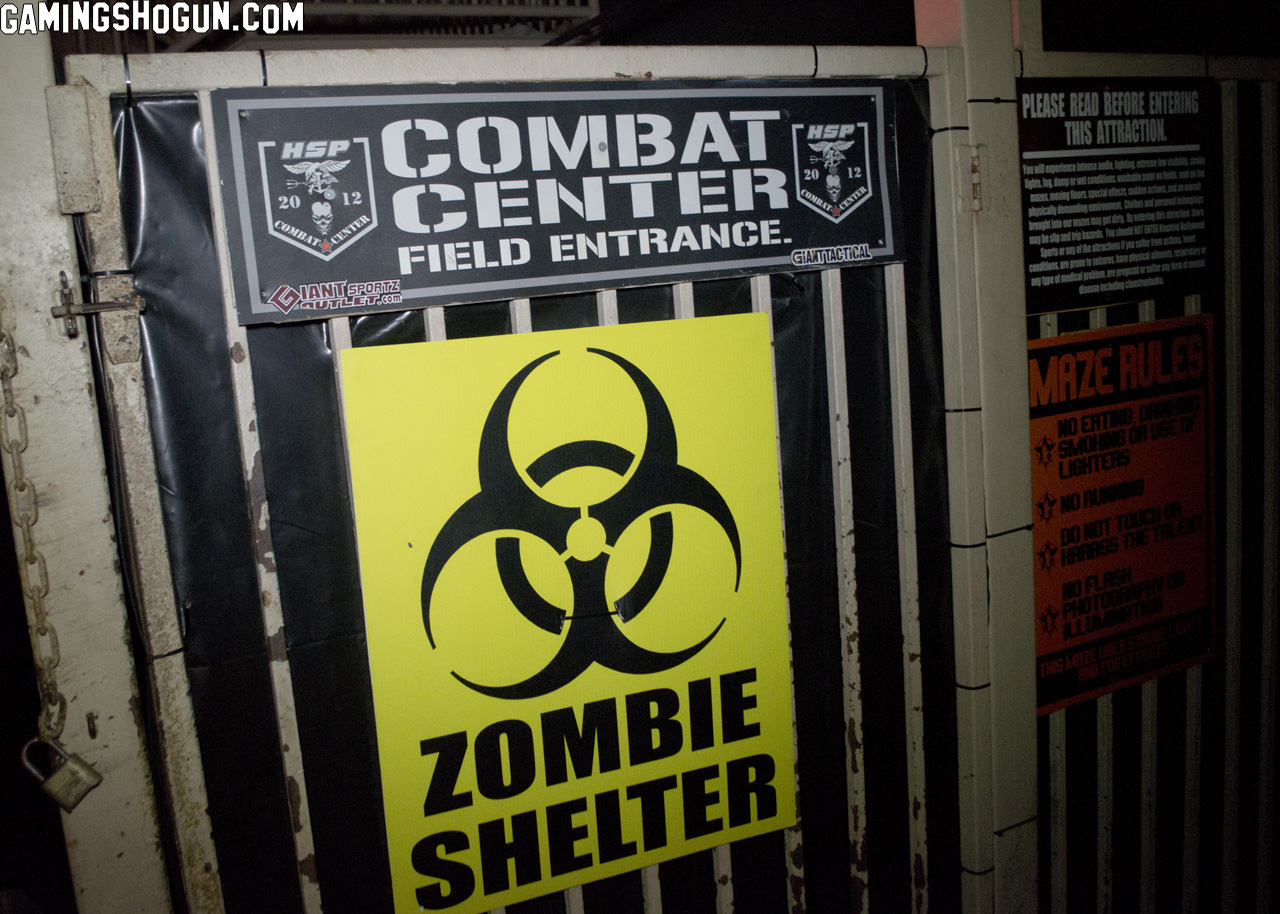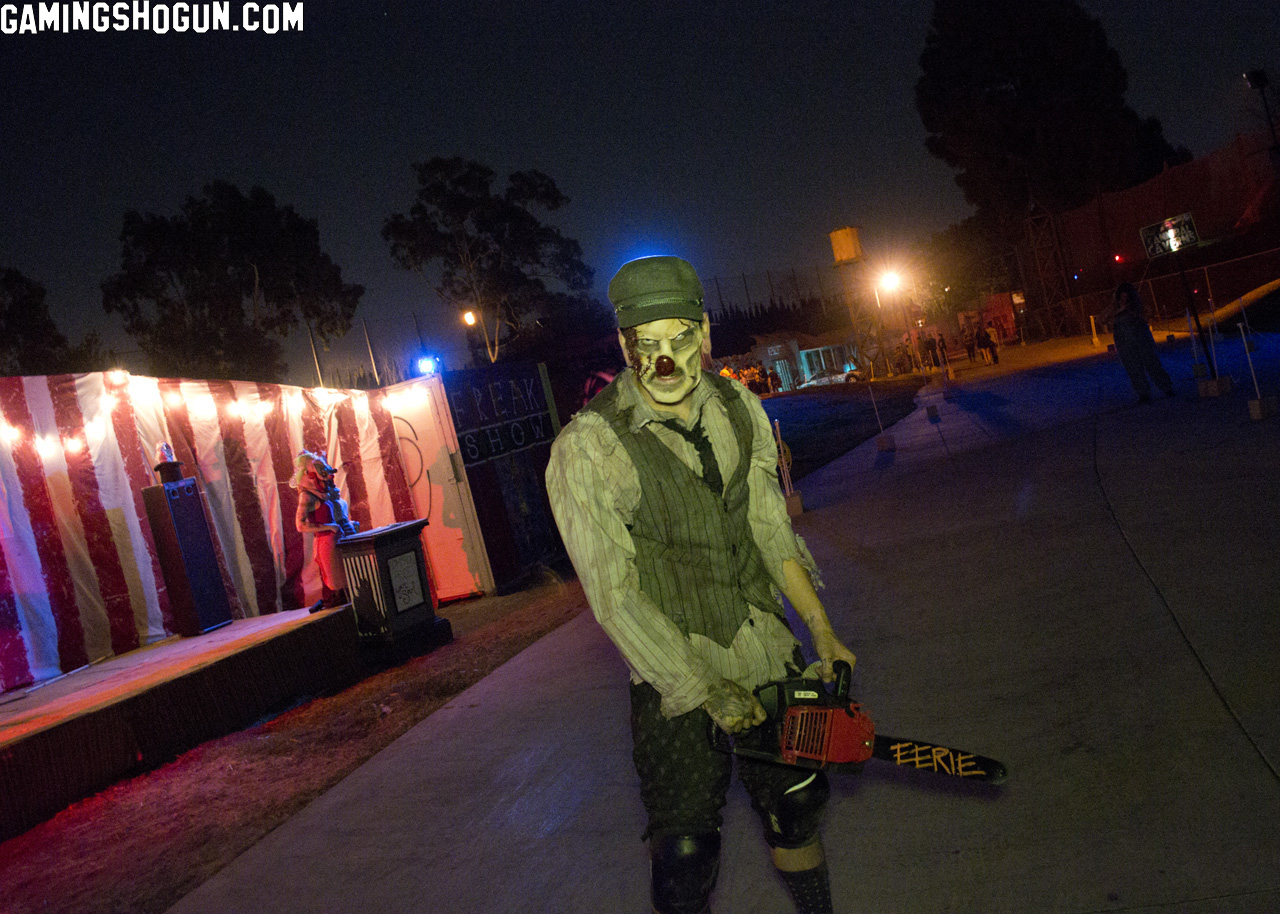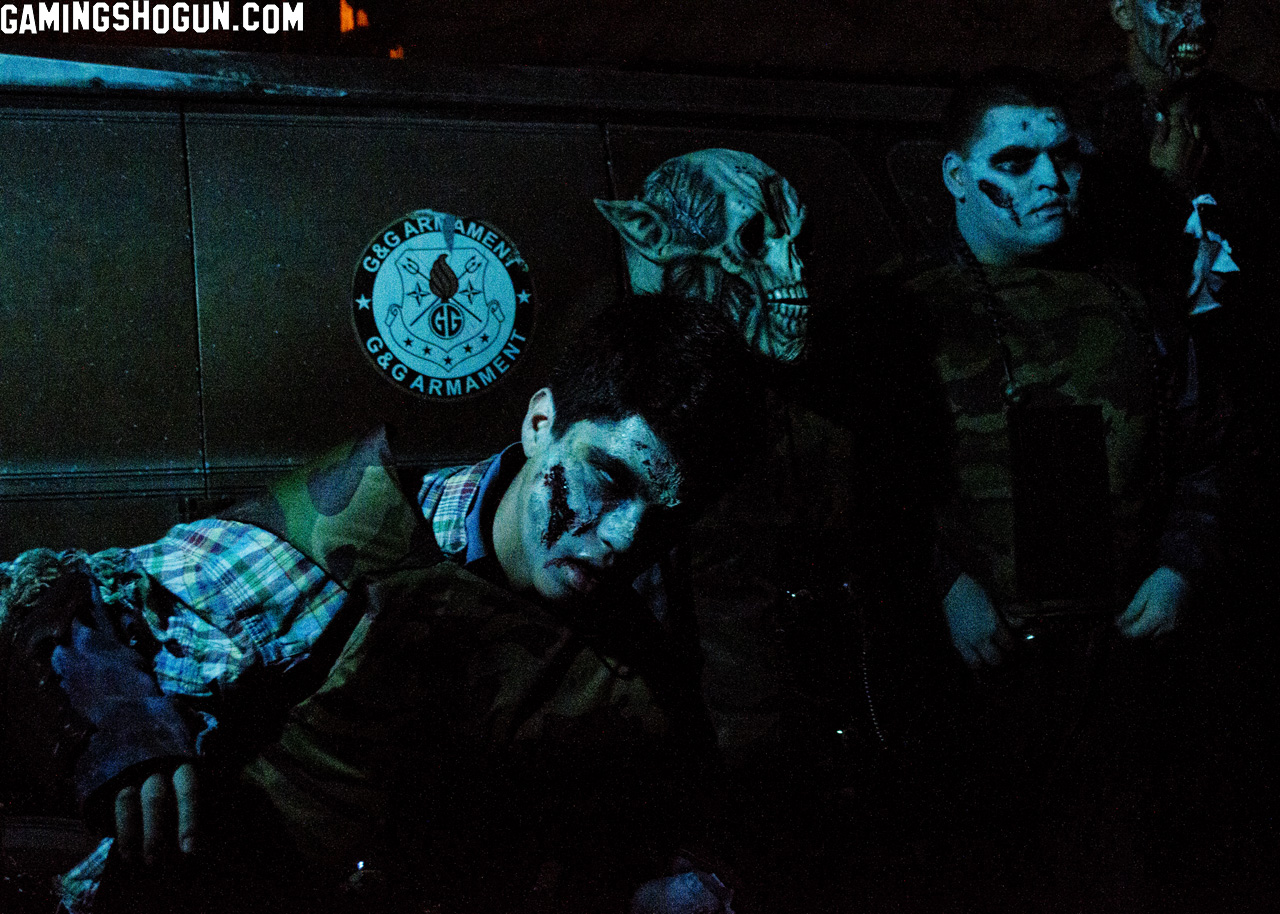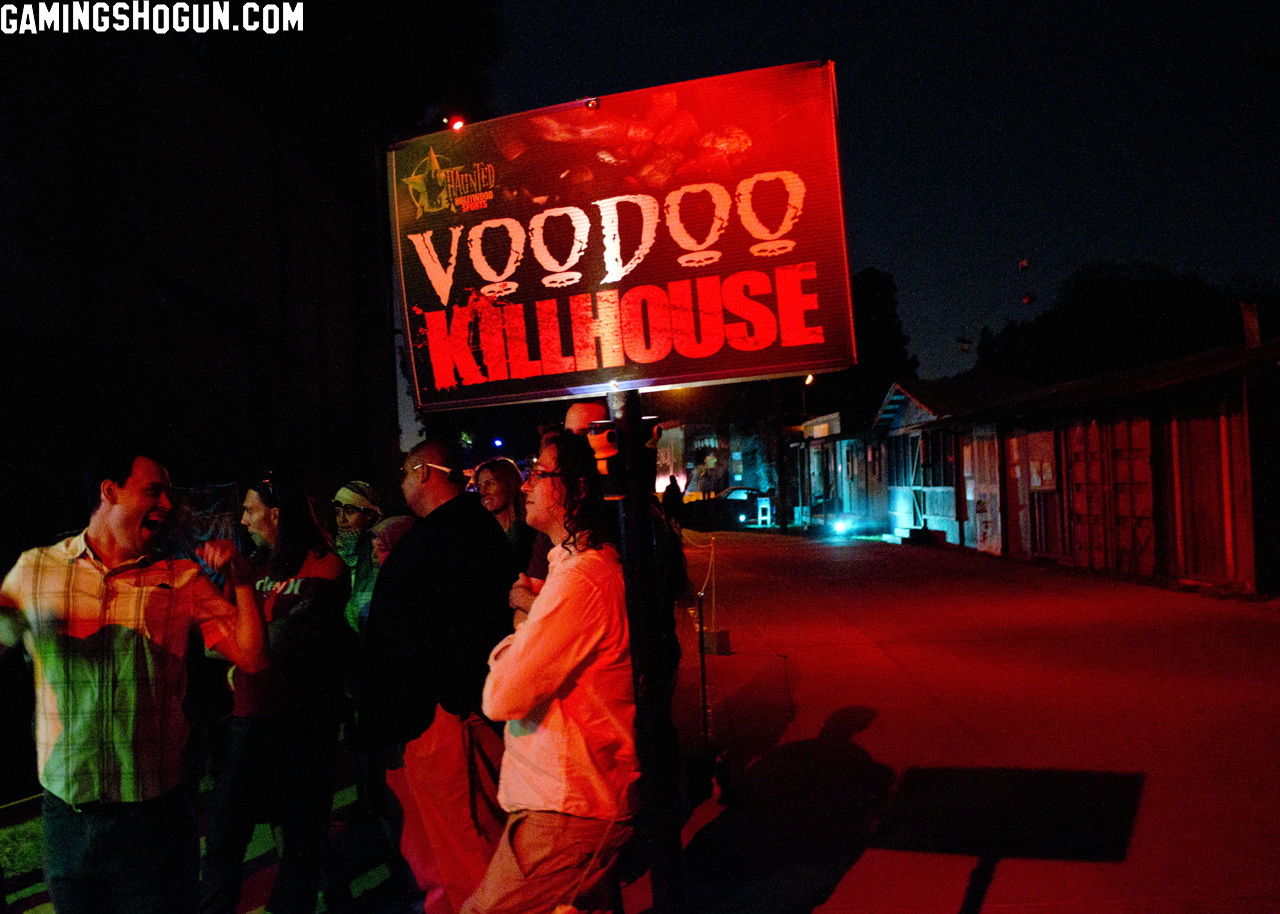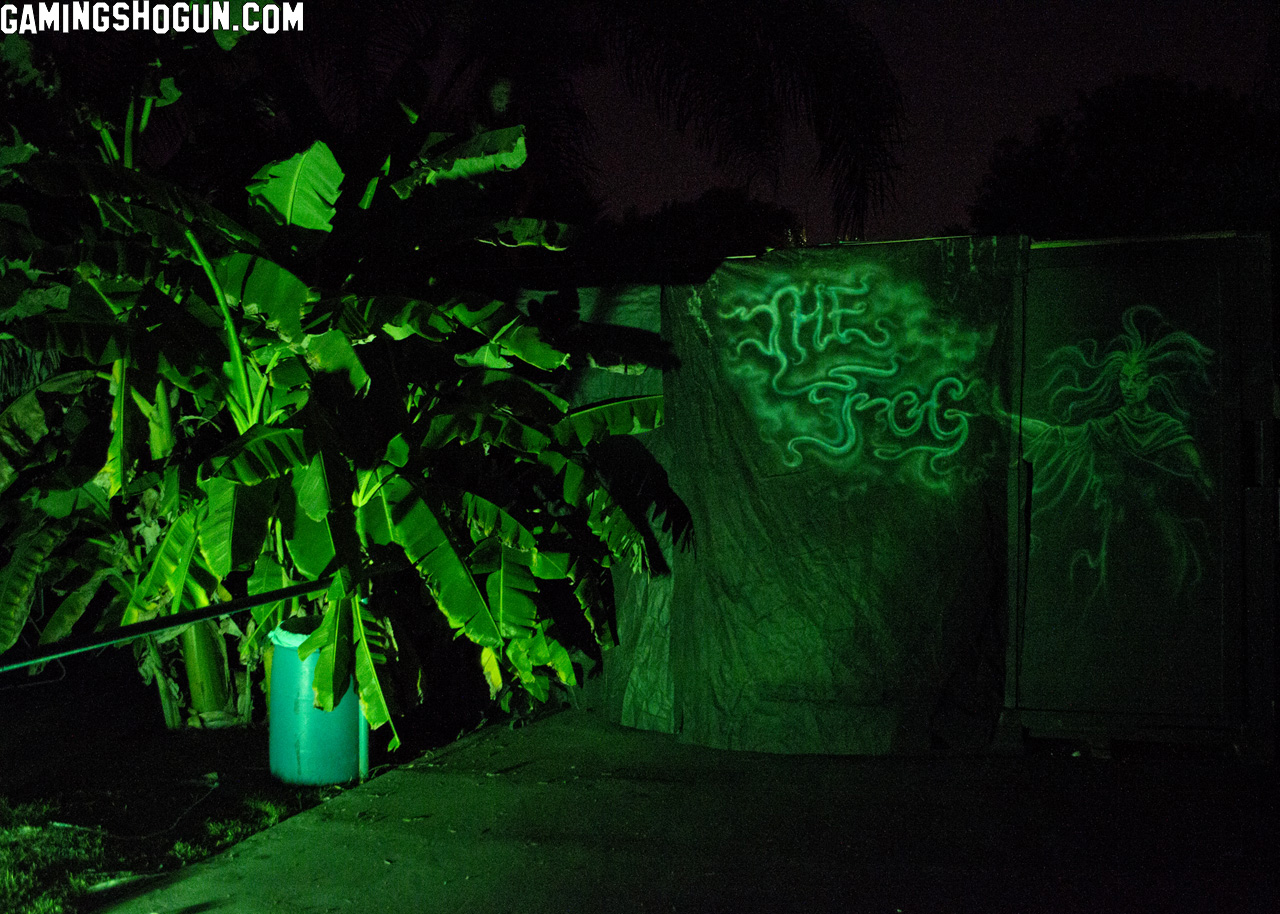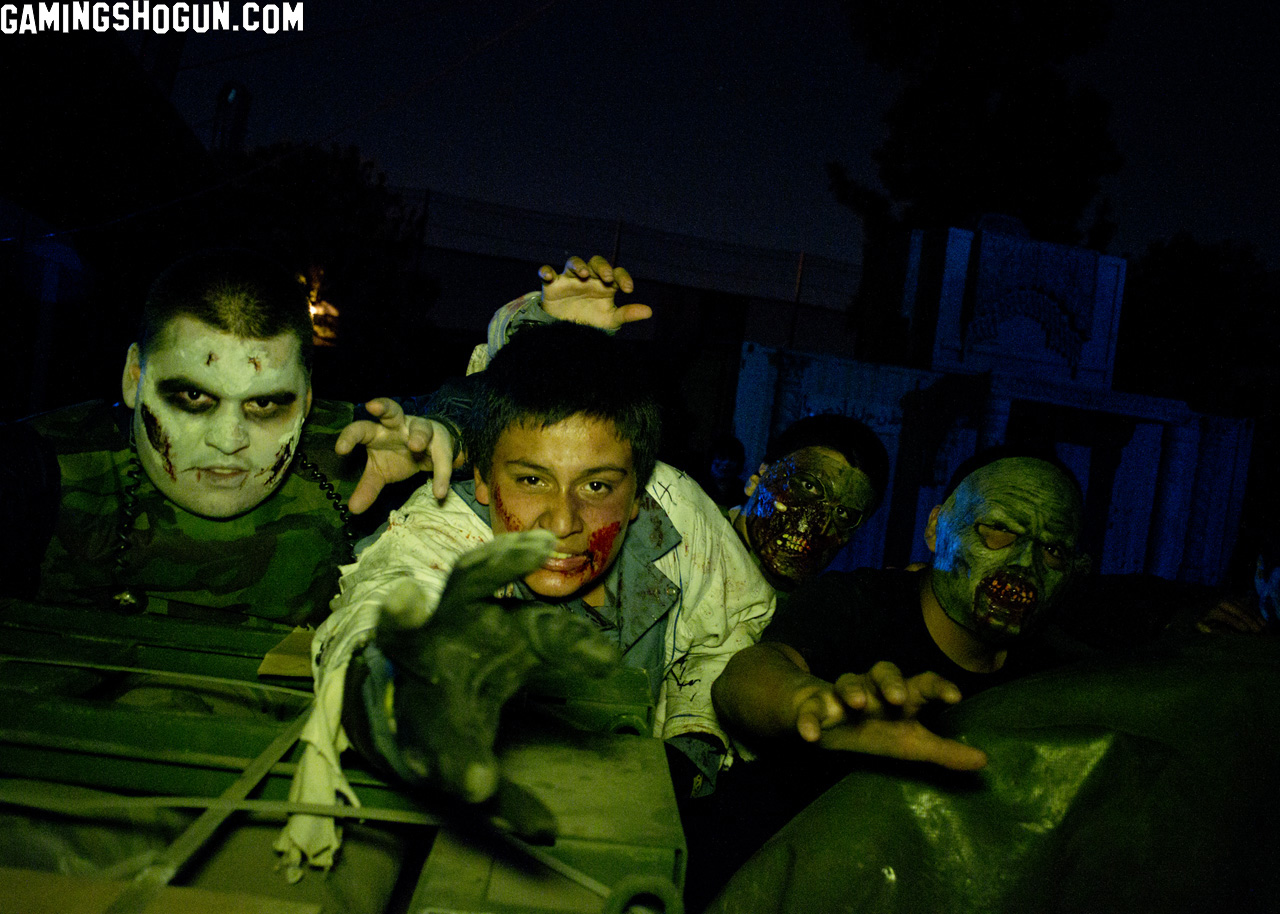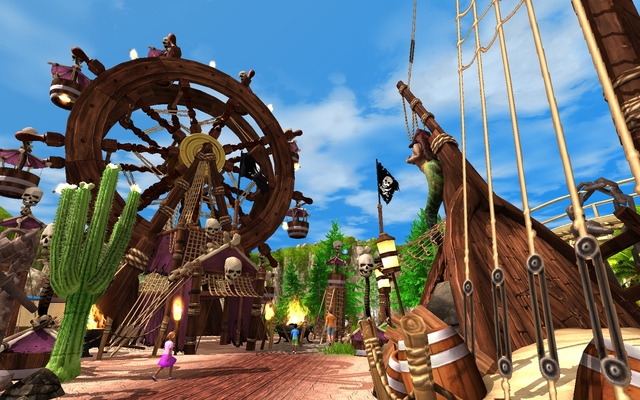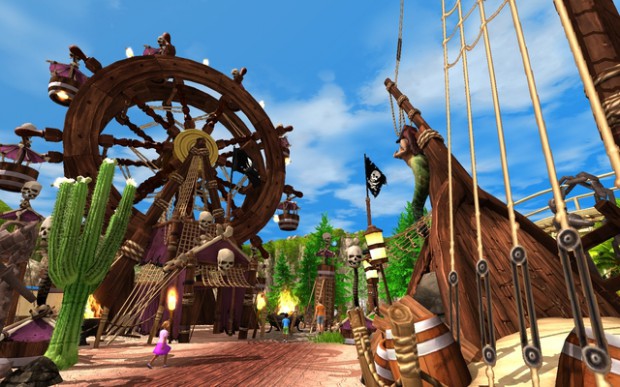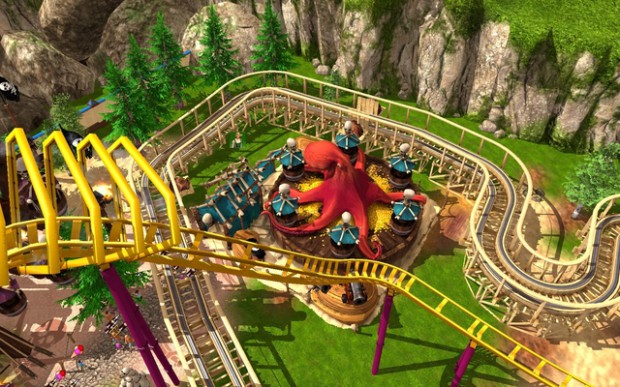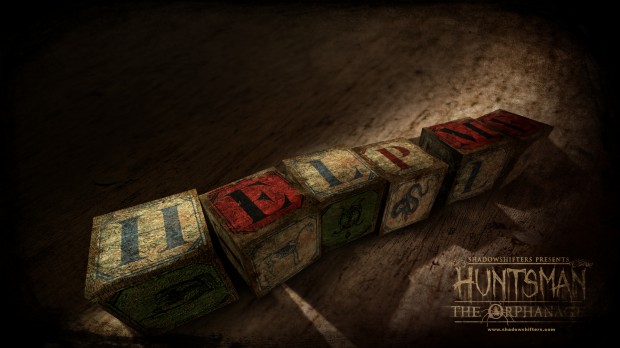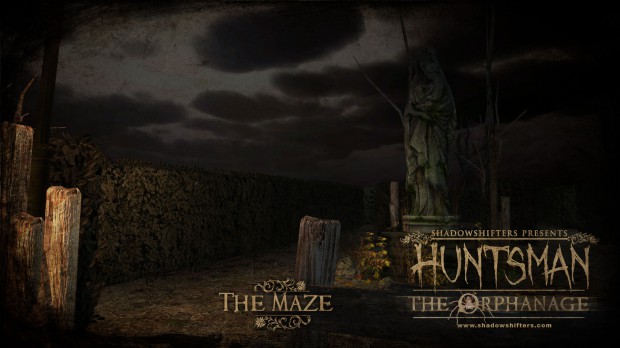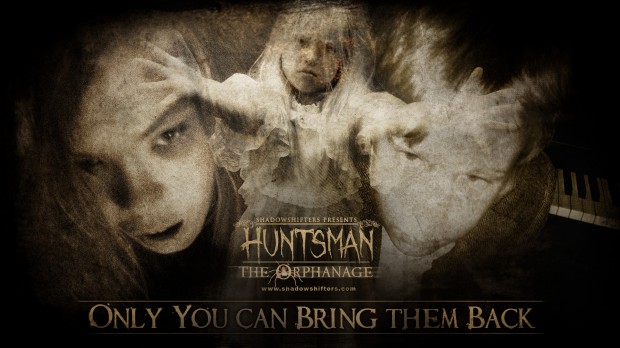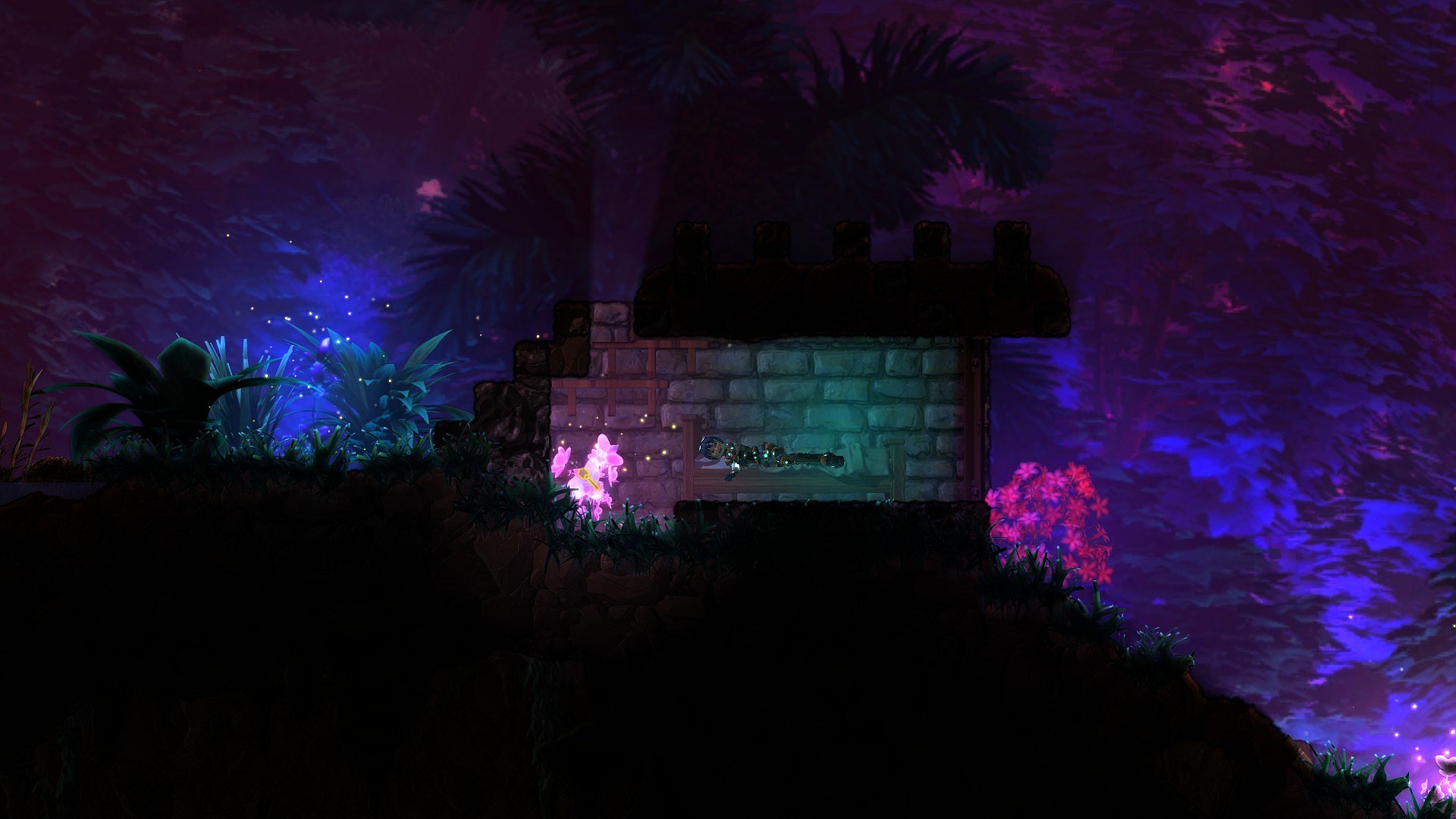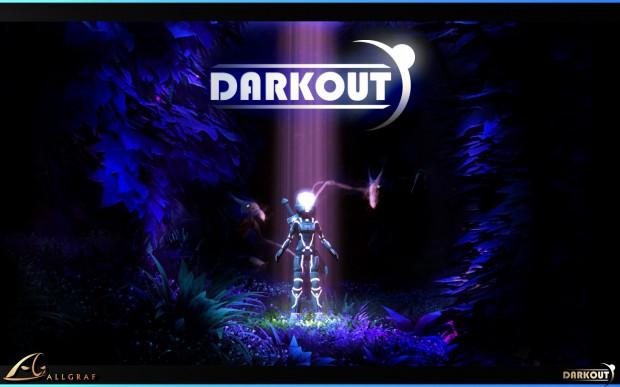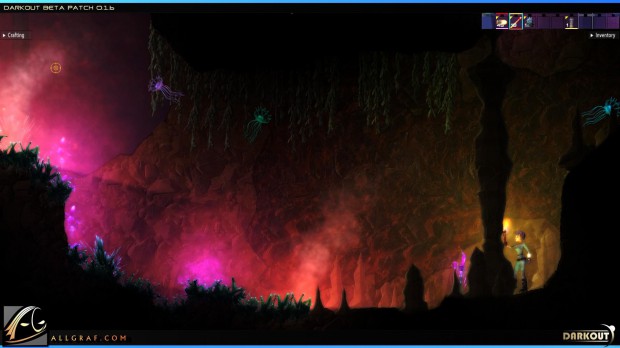PolyPusher Studios has brought us a very interesting game that falls into the first person suspense category, named Montague’s Mount. Partly funded from an unsuccessful Indiegogo drive, Montague’s Mount was originally intended to be used with the Oculus Rift system. However, since funding did not reach the level that the designers wanted to support the Oculus Rift, or any other levels the designers wanted for that matter, we are left with the feeling that Montague’s Mount is unfinished and could have been great.
Story
You begin the story of Montague’s Mount, waking up on an Irish beach with amnesia. Injured and alone, you set off into the area surrounding Montague’s Mount to discover where you are, who you are, and where has all the inhabitants gone. The story progresses through a series of notes, flashbacks, and monologue from the main character as you discover new bits of information that helps you piece together the fragmented stories surrounding the Mount.
Montague’s Mount is a slow paced game, a game where the player must take his or her time with the story and let it unfold at it’s own pace. This isn’t a story for twitch gamers or someone looking for a huge scare. The story is atmospheric in nature, but is meant to build suspense more than fear, uncertainty more then peril. Most of the time, this works for Montague’s Mount, but not perfectly.
The story is paced at a very slow rate, with story bits and clues drip fed to you as you solve puzzles and move from one area to the next. This can lead to a high rate of frustration with today’s gamers, gamers who are used to a much more Call of Duty pacing to their games. So, that makes my first recommendation for this game, it isn’t for everyone. You will have to be able to handle a story that will unfurl at a snail’s pace and be willing to score the areas for any type of clue. I won’t even go into the amnesia bit, I just hate it when developers fall back on that crutch. It is just becoming way to cliche in these types of storys.
Game Play
With the Oculus Rift being in mind when PolyPusher Studios first began designing Montague’s Mount, you can imagine that the entire game play is centered on how you interact with the world at hand. Montague’s Mount is seen through the eyes of the protagonist, so it is a first person game that allows you to interact with items using the mouse. As you move through the world, you use the mouse to see around you and pick up items or use items with the mouse. The designers have set most items that you can interact with in a different lighting, so they become much easier to see as you progress through the game.
Other items you can interact with are strewn over the entire landscape. This brings me to one of Montague’s Mount’s interesting points, that the game also is helping promote the Irish language. Items that you click on for descriptions, will show up in Irish first, with the English translation below. Irish has seen a huge come back in the last century, after being almost completely removed by British rule. Being a student of the Irish language myself, I found this addition to be a fantastic addition to the game, but completely understand how this will not add or subtract to the game for someone who isn’t interested in the language.
Puzzles are the game’s core for progression. Montague’s Mount separates areas by using gate that the player must find ways past. These solutions could be as simple as finding a can of gas for the generator, or as complicated as deciphering Morse Code to discover how to lower a draw bridge. For the most part, a player should be able to figure out the puzzles by just paying attention to their surroundings, but unless you are familiar with Morse Code, you will need the Internet for some of these puzzles.
Montague’s Mount has very solid game play, but it forces you to take your time through the environments. There isn’t any way to run, nor is there a need to. The story and game play revolves strictly around discovering the mystery behind who you are and the secret of Montague’s Mount. I do wish that the developers were able to get the money to through in Oculus Rift compatibility, because this game is screaming for that type of technology.
Aesthetics
Montague’s Mount’s aesthetic is heavily influenced by the lead designer’s view of Ireland when he moved there. Being an outsider to the land and culture, he saw Ireland as a cold and colorless place. This lead to his design of Montague’s Mount aesthetics. Ireland in Montague’s Mount is a dreary, rainy and grey landscape. As you play the game, the color palette will change from being almost black and white in tone, to almost full color, but never quite there. The graphics of the game are decent enough to get the job done, without looking fantastic nor horrible. The designers did a great job in using the aesthetics to help build the suspense and the isolationist feeling of Montague’s Mount.
The audio of Montague’s Mount is minimal, but this seems to be a design decision and not one born out of lack of funds. The music soundtrack adds to the lonely feeling of the surroundings by being very minimal. You will not get an epic sweeping score for this game, mostly just a set of music that sounds like it is distant, almost echo-like. The voice acting is done well, and completed in English. I thought it was interesting that a game like Montague’s Mount that is promoting the Irish language, did not have an alternate track to listen to the game in Irish. A separate voice track in Irish would have gone a long way to really immerse the player into this world. Missed opportunity here on that, but one that does not ruin the game.
Final Thoughts
Montague’s Mount is a solid game that could have been so much better. The story pacing isn’t going to be for everyone, you will need to be patient and have a desire to look around and search for clues. The game play elements of Montague’s Mount work well with the story, though it would have been perfect for the Oculus Rift system. The puzzle difficulty ranges from the simplest of fetch and go here types, to absolutely needing the Internet to solve. Sound and vision were good too, without being spectacular. I do wish that there was an Irish language track to go with the Irish vocabulary that appears on the screen. Montague’s Mount is a solid, suspenseful game that fans of the genre can pick up on Steam for about $10. If you like your games slow, atmospheric, and with a touch of amnesia, Montague’s Mount is a game for you.
[easyreview title=”Product Review Score” cat1title=”Overall Score (out of 5)” cat1detail=”” cat1rating=”3″ ]
[button target=”_blank” style=”” class=”btn_blue” link=”http://gamingshogun.com/gamingshogun-rating-system/”]Learn About Our Rating System[/button]

